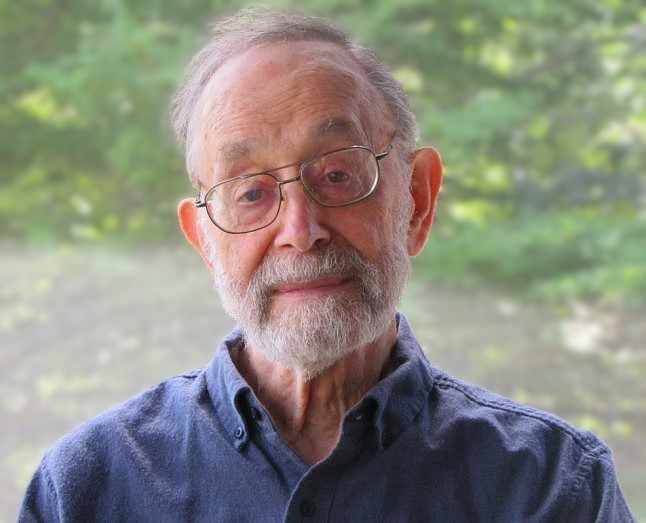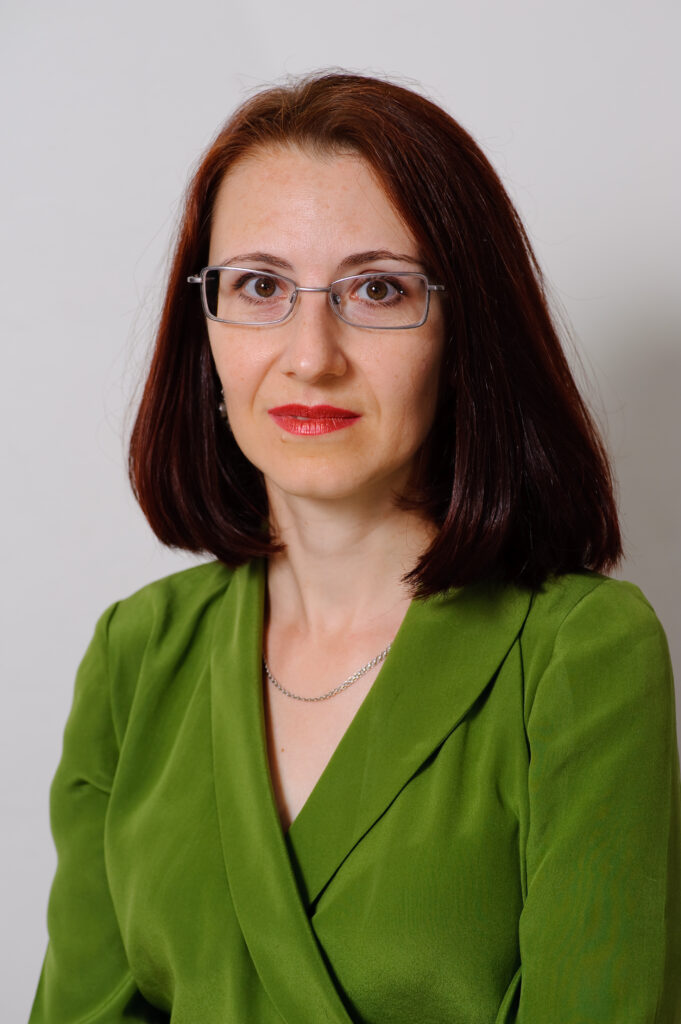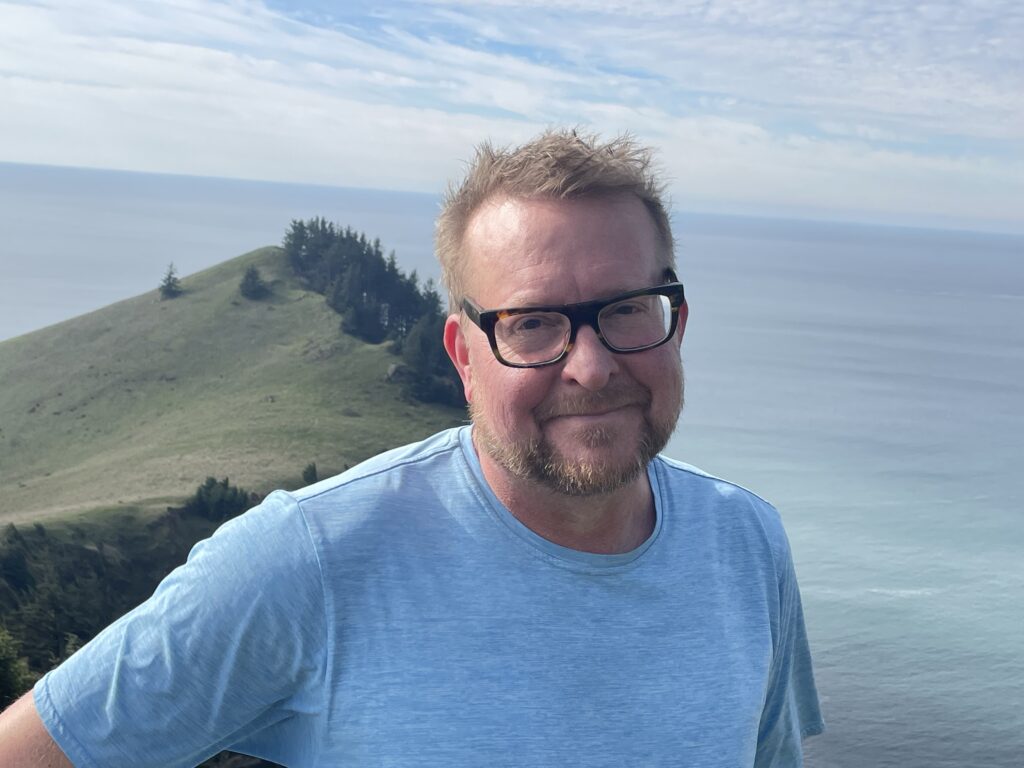Jeff Malpas (University of Tasmania), online
Panel on Arnold Berleant’s work
Mădălina Diaconu (University of Vienna)
Ted Toadvine (Pennsylvania State University), ONLINE
Tuesday, June 10

10:00-11:00
(Helsinki, EEST, UTC +3)
Jeff Malpas
(University of Tasmania), online
Spirits of Place
Horror, enchantment, and the eeriness of landscape
Chair: Arto Haapala
There is something strange about horror – it both repeals and attracts us. This idea appears in various places: in the discussion of religion, for instance, in the work of Rudolf Otto, where it is identified as evident in the experience of the numinous and, in film criticism, in Noel Carrol’s treatment of cinematic and literary horror. I want to connect both Otto’s and Carrol’s discussions to the eeriness or uncanniness, also both repulsive and attracting, that arises in the experience of place and landscape. Central to my argument is the idea that horror’s conjoining of repulsion and attraction is founded in our essential embeddedness in place – an embeddedness that is sometimes manifest in a form of melancholia (most obvious in the experience of nostalgia), but which can also carry over into a horror from which we are nevertheless unable to turn away. What is at issue here is a very particular form of ‘environmental experience’ that provides clues to the very nature of such experience and its own sense of the eerie or uncanny. Beginning with Otto and Carroll, the discussion will draw on Robert Macfarlane’s work, as well as Arthur Machan, Otto Bollnow, Sigmund Freud, and Ernst Jentsch.
***
Jeff Malpas is Emeritus Distinguished Professor at the University of Tasmania, and Honorary Professor at the University of Queensland as well as Latrobe University. He is a Fellow of the Australian Academy of Humanities and a Distinguished Fellow of the Australian Association of Humboldt Fellows. Trained as a philosopher and historian, he publishes on a wide range of topics in philosophy as well as other disciplines, including architecture, art, and geography. His most recent book is In the Brightness of Place (SUNY, 2023).
Tuesday, June 10

16:30-18:00
(Helsinki, EEST, UTC +3)
Panel on Arnold Berleant’s work
Panelists: Fotini Vassiliou, Max Ryynänen, Harri Mäcklin, and Arnold Berleant (online)
Chair: Arto Haapala
Arnold Berleant, Ph.D. (DFA (hon.) is Professor of Philosophy (Emeritus) at Long Island University, where he taught from 1962 to 1992. He has also taught at The University of Louisville, The University of Buffalo, Sarah Lawrence College, The New School for Social Research, Hofstra University, and San Diego State College. His first four books, The Aesthetic Field, A Phenomenology of Aesthetic Experience (1970), Art and Engagement (1991), The Aesthetics of Environment (1992), and Living in the Landscape: Toward an Aesthetics of Environment (1997) and numerous papers defined the parameters and direction of his work. Berleant has developed a field theory of aesthetics in which the main factors—creation, appreciation, performance, and object, whether of art or environment, are interdependent and inseparable, bound up in a perceptual process of aesthetic engagement. He developed this further in five additional volumes, the latest, The Social Aesthetics of Human Environments: Critical Themes, appearing a year ago.
Berleant is Past President of the International Association for Aesthetics, which he also served as its Secretary-General. He has been Secretary-Treasurer of the American Society for Aesthetics as well as President of the International Advisory Committee of the Finland-based International Institute of Applied Aesthetics. Berleant is the founding editor of the online journal Contemporary Aesthetics and has lectured widely. His work has been translated into many languages, including Chinese editions of many of his books. He lives in the U.S. in Castine, Maine in a landscape very much like that of Finland.
Wednesday, June 11

09:30-10:30
(Helsinki, EEST, UTC +3)
Mădălina Diaconu
(University of Vienna)
Living in Tune with the Seasons?
Attunement, adjustment, and engagement in the experience of seasonality
Chair: Harri Mäcklin
The succession of seasons has for centuries provided a rich source of artistic and literary inspiration, and its spatiotemporal patterns epitomize the complexity of environmental interconnectedness. Nevertheless, the Stoic principle of living in accordance with nature (including its seasonal cycles) has nowadays ironically survived only in form of seasonal holidays, seasonal tunes, and further similar clichés. After highlighting philosophical aspects of seasonality, from rhythmicity to analogies with the stages of life, the talk discusses three dimensions of living “in tune with the seasons”: involuntary emotional contagion, practical and rational adaptation, and finally ecological commitment in an age of disquieting seasonal disruption.
***
Mădălina Diaconu studied Philosophy and Theology, holds two PhD degrees from the University of Bucharest and the University of Vienna, as well as the venia legendi for Philosophy from the latter, and is Dozentin at the Department of Philosophy and the Department of Intercultural Philosophy of Religion of the University of Vienna. She is member of the editorial boards of Contemporary Aesthetics, Studia Phaenomenologica and polylog. Zeitschrift für interkulturelles Philosophieren. She authored eleven monographs and (co)edited several books on Kierkegaard, Heidegger, the ontology of art, the phenomenology of the senses, the aesthetics of touch, smell and taste, urban sensescapes, environmental ethics, the phenomenology of place, environment and atmosphere, the philosophy of animality, etc. Her main publications are Tasten, Riechen, Schmecken. Eine Ästhetik der anästhesierten Sinne (2005, 22020), Sinnesraum Stadt. Eine multisensorische Anthropologie (2012), Phänomenologie der Sinne (Reclam 2013) and Aesthetics of Weather (Bloomsbury 2024). She co-curated in 2021 the exhibition “Olfactor. Scent is Present” at the Städtische Galerie Bremen and is currently editing the issue 25 of Studia Phaenomenologica on “Eco-Phenomenology”.
Thursday, June 12

Ted Toadvine (Pennsylvania State University)
The Temporal Sublime:
Aesthetic Encounters with Human Extinction
Chair: Fotini Vassiliou
13:30-14:30 (Helsinki, EEST, UTC +3) ONLINE
When John McPhee coined the expression “deep time” in 1980, he alleged that geological scales of time are incomprehensible to human experience: “The human mind may not have evolved enough to be able to comprehend deep time. It may only be able to measure it” (Basin and Range, 127). Echoing this claim a decade later, Stephen Jay Gould described deep time as “so alien that we can really only comprehend it as a metaphor,” and “so outside our ordinary experience that it remains a major stumbling block to our understanding” (Time’s Arrow, Time’s Cycle, 2-3). Subsequently, the assumption that deep time is alien and inaccessible to human experience, even though it can be investigated scientifically, has typically been taken at face value. In fact, Dipesh Chakrabarty suggests that this very temporal myopia is the root cause of the so-called Anthropocene, which for him is characterized by the breaching or collapse of two “calendars” that had hitherto remained distinct, that of human history, on the one hand, and of evolutionary and geological time, on the other.
Despite its commonsense appeal, this attempt to divide time into distinct “human” and “deep” calendars, and to limit human experience to the former, misunderstands both sides of this divide. Human temporal experience is not comprised of one sole clock or calendar that can be juxtaposed with “deep” time, since we are entangled in a multiplicity of overlapping and intersecting temporal events at all scales: cosmic, geological, zoogenetic, anthropological, historical, intergenerational, and personal. Furthermore, “deep” scales of times are not, first and foremost, a matter of scientific measurement, but rather of experience, and aesthetic experience in particular. This is most apparent in encounters with the deep past, through fossils and geological formations, that evoke the temporal sublime. The far future also has sublime dimensions that motivate popular fantasies of the end of the world and, increasingly, anxieties over eventual human extinction.
Here I consider how a phenomenology of deep time, and of the temporal sublime in particular, discloses the Earth’s asubjective memory. I contrast this with the fantasies of human eternalism promoted by longtermists and the Effective Altruism movement. In conversation with artists whose works disclose our entanglements in temporal plexity, I make the case for a deep temporal justice that respects geomateriality, the evolution of life, and the mortality of our species.
***
Ted Toadvine is Professor of Philosophy and Nancy Tuana Director of the Rock Ethics Institute at The Pennsylvania State University. He specializes in environmental philosophy and contemporary European philosophy, with a focus on phenomenology, post-structuralism, and deconstruction. He has published widely on topics including animality, biodiversity, climate change, embodiment, environmental aesthetics, intersubjectivity, ontology, philosophical method, and temporality. He is author of The Memory of the World: Deep Time, Animality, and Eschatology (Minnesota, 2024) and Merleau-Ponty’s Philosophy of Nature (Northwestern, 2010), and has edited numerous titles, including Encyclopedia of Phenomenology (Springer, 2020), The Merleau-Ponty Reader (Northwestern, 2007), and Eco-Phenomenology: Back to the Earth Itself (SUNY, 2003). Toadvine is former editor-in-chief of the journal Environmental Philosophy (2007—2023) and co-editor of the journal Chiasmi International (2011—2023). Currently, he co-directs the Contributions to Phenomenology book series with Springer.